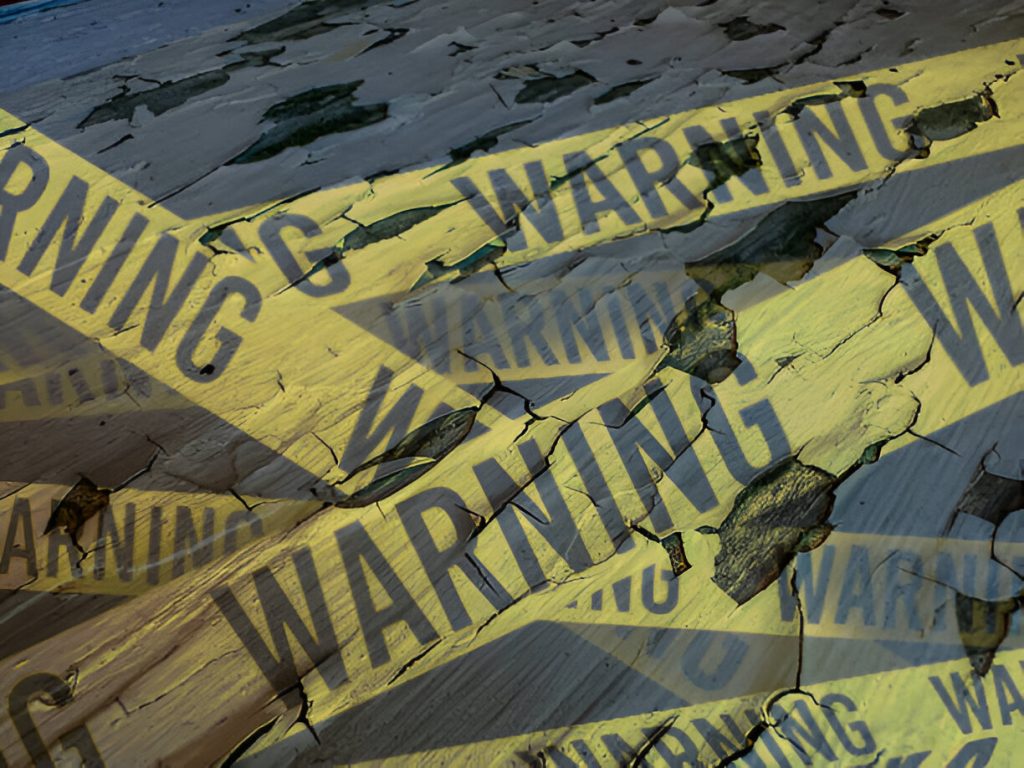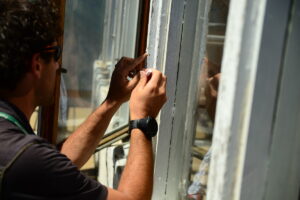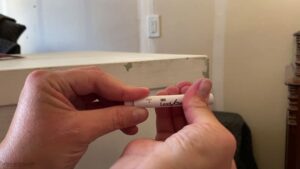Parenting is challenging enough without the added worry of your child’s health. If your home was built before 1978 and you have children or vulnerable individuals to care for, you may want to sit down before reading this.
Have you ever wondered if your home could expose your child to hidden dangers like lead? You’re not alone. Many parents are unaware of the risks associated with lead in their homes. Despite its ban in 1978, lead contamination remains a significant issue, and these situations are more common than we’d like to admit.
Lets read this blog to understand the impact of lead exposure on child development.
What is Lead Poisoning?
Did you hear about the recent news reports regarding a company that knowingly sold defective lead testing machines? These machines tested tens of thousands of children between 2013 and 2017. This troubling situation underscores the urgent need for parents to be vigilant about lead poisoning, which can occur when a child is exposed to high levels of lead, primarily through ingestion or inhalation of lead dust.
Although lead paint and pipes have been banned in many jurisdictions, the risk of lead exposure remains significant, especially in older properties. Children under the age of six and individuals more susceptible to illness are particularly vulnerable. Lead poisoning can have severe effects on various parts of the body, especially the brain and nervous system.
That’s why hiring a lead inspection company is crucial. These professionals can identify lead hazards and provide guidance on remediation, ensuring a safer environment for children and families.
Common Sources of Lead Exposure
Lead is closer to you than you think. Primarily, children get lead poisoning from ingesting lead from sources like:
- Lead-based paint: Eating or touching peeling paint chips and flakes that contain lead in homes built before 1978.
- Lead dust: Dust created by sanding, scraping, during renovation or general wear and tear in older homes.
- Old plumbing: Drinking water from pipes that leach lead into the system.
- Contaminated soil: Lead residue in soil, particularly in urban areas.
- Lead-contaminated items: Put their hands, toys and other items covered with lead dust in their mouths.
Children may also chew on windowsills, furniture, door frames and other items covered with lead-based paint. A lead inspection company can assess these risks and advise you on safe practices.
Symptoms of Lead Poisoning in Children
Lead poisoning is a potent neurotoxin that can reduce IQ, shorten attention spans, and increase the risk of behavioral problems—even criminal behavior—later in life. Scary, right? This is what lead exposure can do, even at low levels.
One of the most unsettling aspects of lead poisoning is that many children don’t show symptoms immediately. In fact, some may have no symptoms at all, but that doesn’t mean they aren’t affected. When symptoms do appear, they may include:
- Learning difficulties
- Headaches, vomiting, or fatigue
- Hearing problems
- Growth delays
- Cramps.
- Hyperactivity (feeling restlessness, fidgeting and talking too much).
- Anemia (Higher blood lead levels can cause seizures and comas. In very rare cases, it can be fatal.
- Low blood lead levels in your child can affect virtually all the organs and systems in their body.
- Lowered IQ (intelligence quotient).
If you doubt that your property may contain lead, it’s important to work with a lead inspection company to catch these risks before symptoms escalate. Even in healthy-looking children, their bodies might have dangerous levels of lead.
When Do Lead Poisoning Symptoms Appear?
Are you wondering if lead exposure symptoms develop slowly over time or appear immediately? Symptoms can take weeks or even months to manifest after initial exposure, making it challenging to connect the dots. This delay often leaves parents unaware of the issue until it has already caused damage. To determine if lead is present in your home before it affects your family, consider hiring a lead inspection company for peace of mind.
Also Read: Lead Paint in Commercial Buildings: What Property Owners Should Know
How to Reduce The Risk of Lead Poisoning?
Is there a way you can prevent lead poisoning in your home? Yes! By being proactive, you can significantly reduce your child’s risk of lead exposure. Here are a few steps you can take:
- Healthy diet: Feed your child eats foods rich in iron, calcium, and vitamin C to protect against lead absorption.
- Inspect your home: Especially if your home was built before 1978, hire a lead inspection company to assess for lead in paint, water, and soil.
- Practice cleanliness: Regularly wipe down surfaces. Wash your child’s hands and toys frequently, and remove shoes before entering the house.
- Be cautious with renovations: Do not attempt to remove lead-based paint yourself—hire a professional.
Act Now to Protect Your Family
Worried about lead contamination in your beautiful home? You might be tempted to try a DIY solution, but we assure you that could make the situation worse.
Put your worries aside and turn to Manhattan Lead for assistance. We have all the tools, knowledge, and certifications needed to address the issue safely and effectively.
Your safety and satisfaction are our top priorities. If you’re planning a renovation, have just moved in, or live in an older home, call us today.
Your peace of mind is essential—get in touch without delay!




